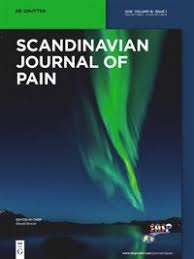
Pain Response to High- vs Low-Load Shoulder Exercise in Hypermobile Shoulders

Pain Response to High- vs Low-Load Shoulder Exercise in Hypermobile Shoulders
Pain trajectories and exercise-induced pain during 16 weeks of high-load or low-load shoulder exercise in patients with hypermobile shoulders: A secondary analysis of a randomized controlled trial.
Scand J Pain . 2025 Jun 2;25(1).Did you know you're eligible to earn 0.5 CME credits for reading this report? Click Here
Synopsis
Sixty-four patients with hypermobility spectrum disorder (HSD) and chronic shoulder complaints were randomized to receive either high-load strengthening shoulder exercises (HEAVY, n=34) or low-load exercises (LIGHT, n=30) over a 16-week period. The primary outcome of interest was the trajectory of shoulder pain measured weekly. Secondary outcomes included exercise-induced pain (change in pain pre-...
To view the full content, login to your account,
or start your 30-day FREE Trial today.
FREE TRIAL
LOGIN
Forgot Password?
Explore some of our unlocked ACE Reports below!

Learn about our AI Driven
High Impact Search Feature
Our AI driven High Impact metric calculates the impact an article will have by considering both the publishing journal and the content of the article itself. Built using the latest advances in natural language processing, OE High Impact predicts an article’s future number of citations better than impact factor alone.
Continue



 LOGIN
LOGIN

Join the Conversation
Please Login or Join to leave comments.